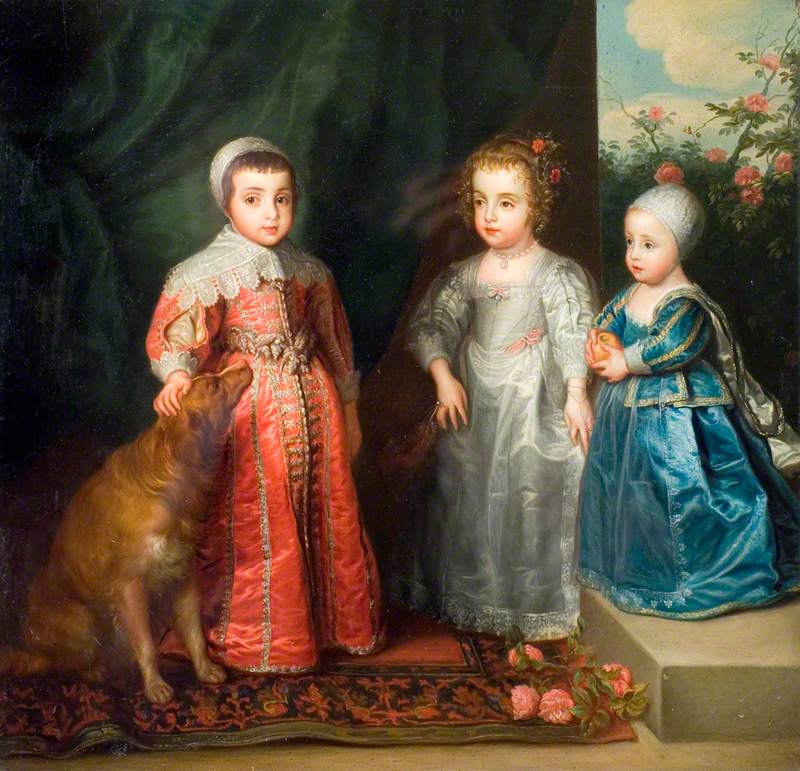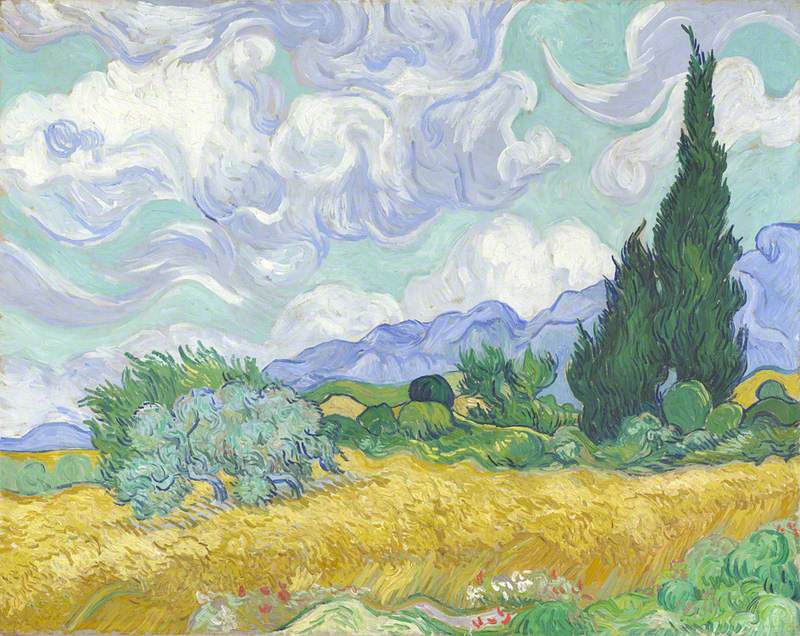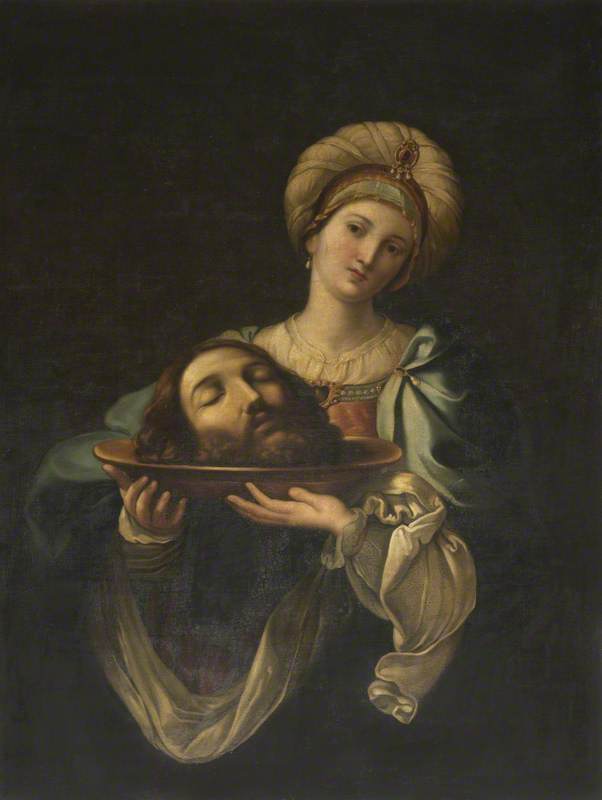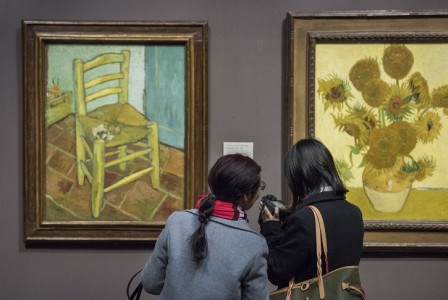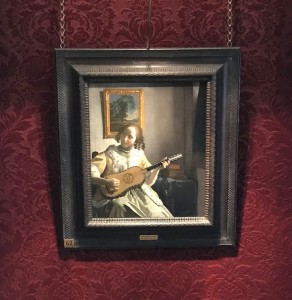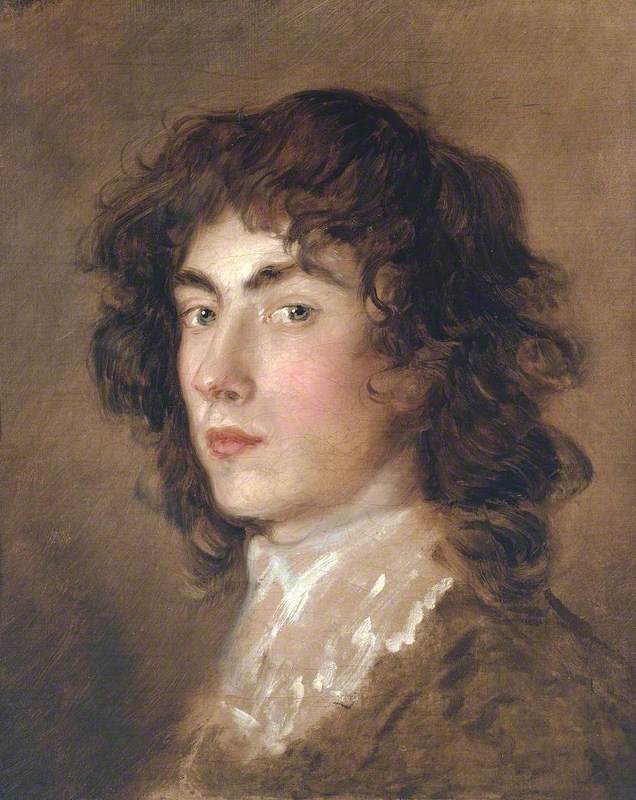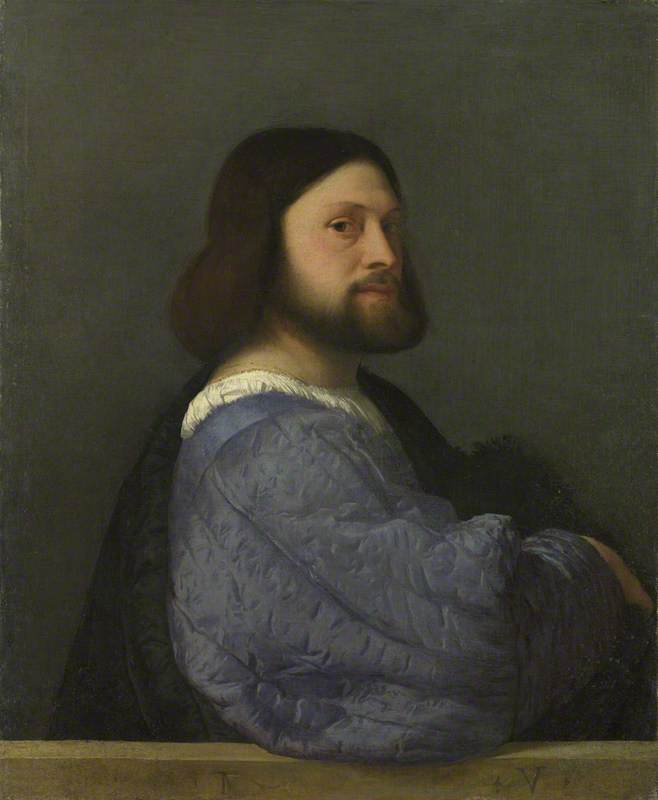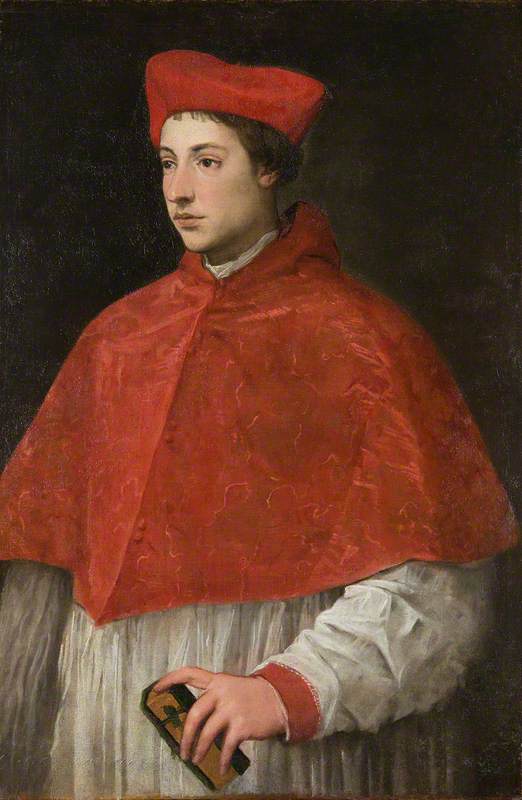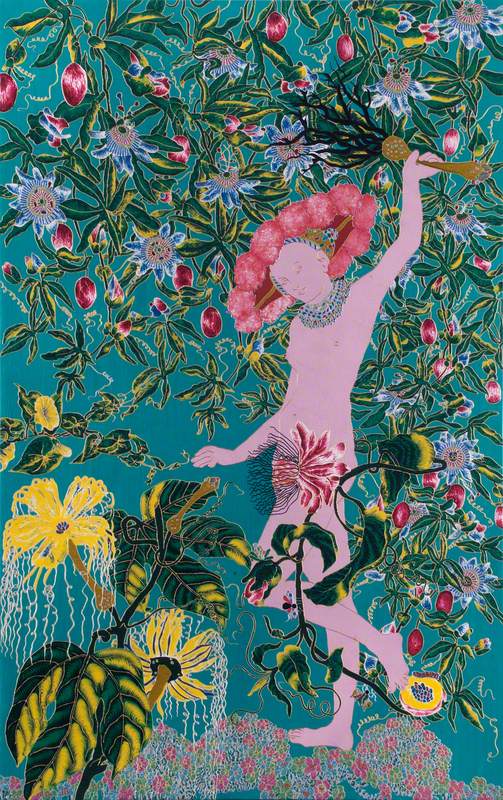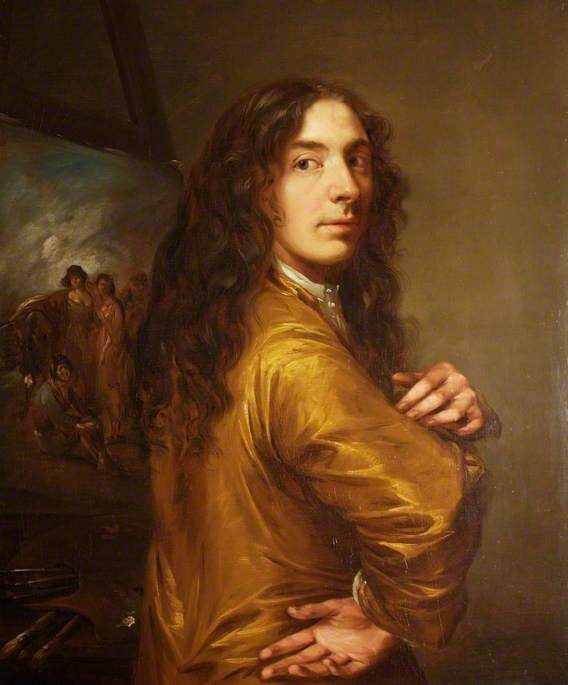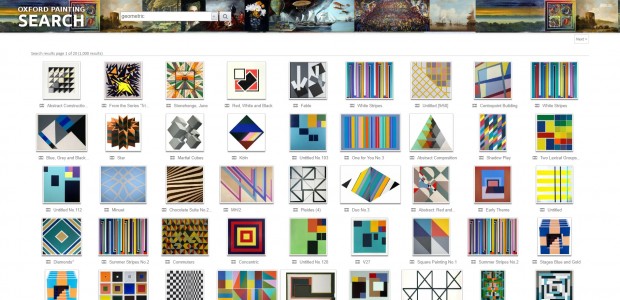What exactly is a copy? The lines that divide a copy from a variation or pastiche are often blurry, and this isn’t even taking into account paintings that are indebted to other paintings in more subtle ways, let alone the hundreds of works that are accredited to artists merely because they look like their works even if they aren’t – or even outright fakes.
Copying can have many purposes and various values, but as a constructive activity it is usually dismissed. However, it was, and I believe still ought to be, a valuable learning tool. These days rather than trying to learn from the past, art students are encouraged to express themselves on their own terms from the start. The idea of copying another artist is alien. This is a pity, because part of the standard training of any artist used to be copying, which taught much more than technique, anatomy and draughtsmanship – it also gave artists respect for what had been achieved.
Portrait of a Young Man
(copy of a self portrait believed to be by Raphael)
Raphael (1483–1520) (after) 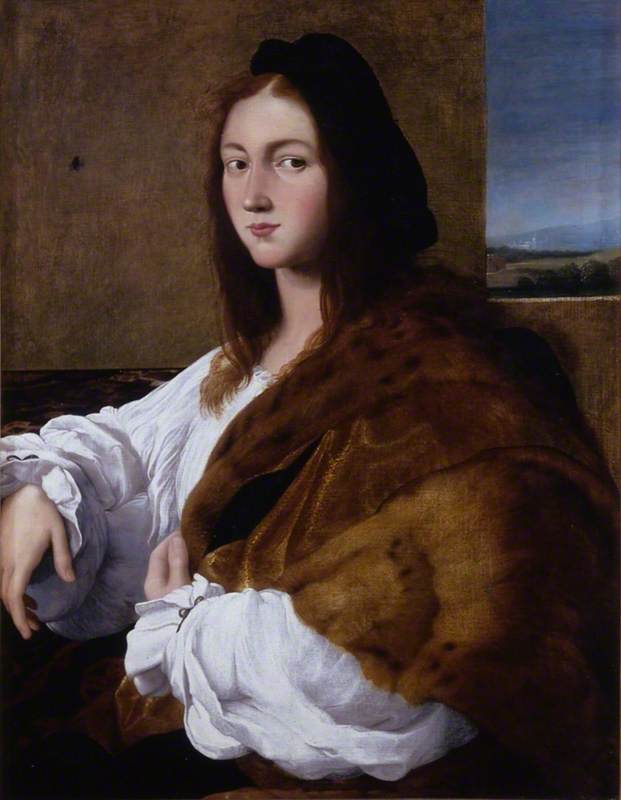
I am a painter with a firm respect for the past but with both feet firmly planted in the present. Though I am best known for my work on TV as an artist and art historian, the heart and direction of my work is to be found in my landscapes, seascapes and aviation paintings. The style of my work and the techniques that I use have their origins in my self-imposed training: firstly spending years doing copies of Old Masters (as they themselves did as part of their training) and then later doing pastiches or ‘fakes’ of their work, inventing paintings that they didn’t quite get around to doing themselves.
Though I used to spend incredible amounts of time copying, very carefully using the right pigments, oils and other materials and, through patience and study, learning their techniques as well, inevitably a part of me, of my life, crept into the work. This is natural, and it is a good thing. In a sense, even an extremely accurate hand-painted copy can only ever be an interpretation, a characteristic that even the ever-so-clever world of digital photography still has if you bear in mind the vagaries of light, colour, tone and the various ways photographs are reproduced.
A Young Woman standing at a Virginal
about 1670-2
Johannes Vermeer (1632–1675) 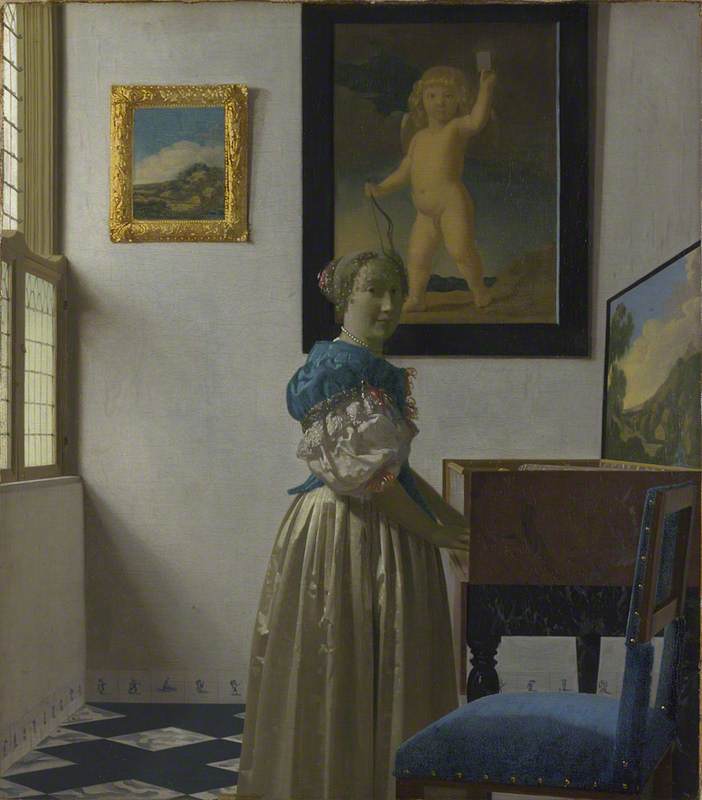
Actually inventing paintings in other artists’ styles is far more difficult and challenging than copying an existing image. I always liken it to an actor taking on a role: you have to get under the skin of who (or what) you’re trying to portray by understanding and learning about far more than the visual appearance. You have to know both how and why it looks the way it does. For example, I can never ‘be’ Vermeer but, by exploring his visual language in paint, I have found insights into his work that I believe many non-painting academics have missed. It has also drawn me into his world, and I make regular visits to Delft to absorb that atmosphere – thankfully so little changed since his day. In trying to break free from slavish copying and creating works in his style using his techniques and materials I might not have created works that are as good as his (I wish!) but I feel that what I have created is far closer than, for example, the work of the forger Han van Meegeren.
Copy of Frederic, Lord Leighton's Self Portrait of 1880
1880
Paolo Fossi (active 1880–1888) 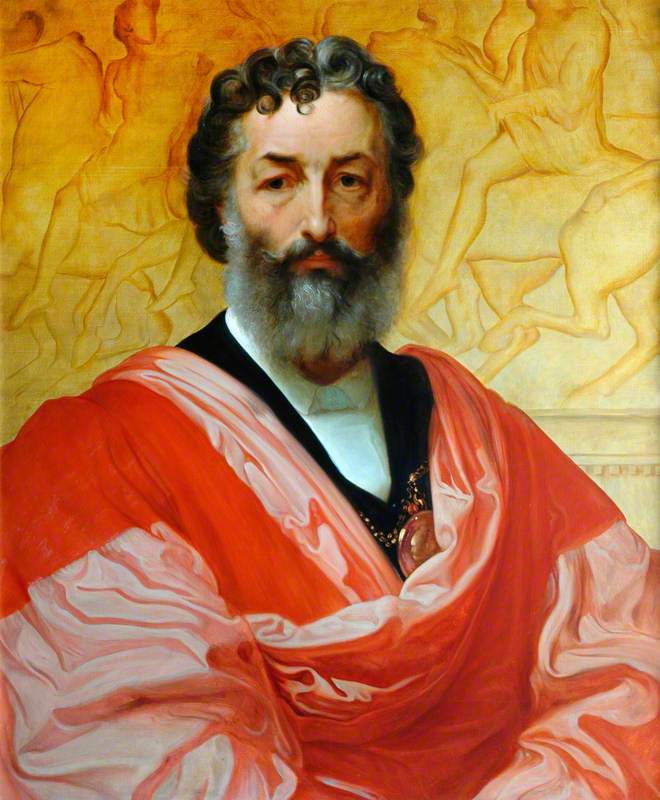
By way of contrast, I have been involved in many TV programmes on Van Gogh, some filmed in the locations he lived and worked in, and there often comes a certain point where I am painting using that twitchy, urgent and yet precise technique of his when suddenly a shiver runs down my spine and it’s like his whole disturbed personality jumps off the canvas like a spark of electricity going through my brush and into my brain. I can only liken it to the feeling a classical musician has when playing and then suddenly really ‘getting’ a piece of music by a great composer. With van Gogh, this kind of adrenalin rush is not a positive or comfortable feeling.
Leaving aside feelings, however powerful, the process of copying or even faking other artist’s work has been very useful and thought provoking. Though I rarely do straight copies these days, except when I'm on TV, I have found that seeing art through the lens of other artists’ work has helped me in my own work in immeasurable ways. They say that ‘imitation is the sincerest form of flattery’ and through it I have learned a lot – for which I am extremely grateful.
Leo Stevenson, artist and broadcaster – www.leostevenson.com
